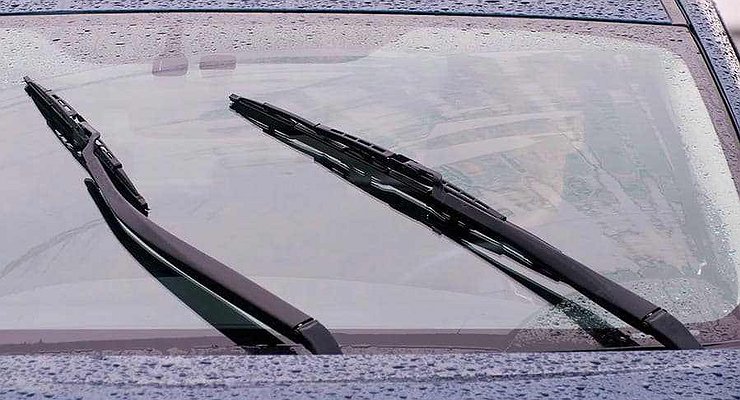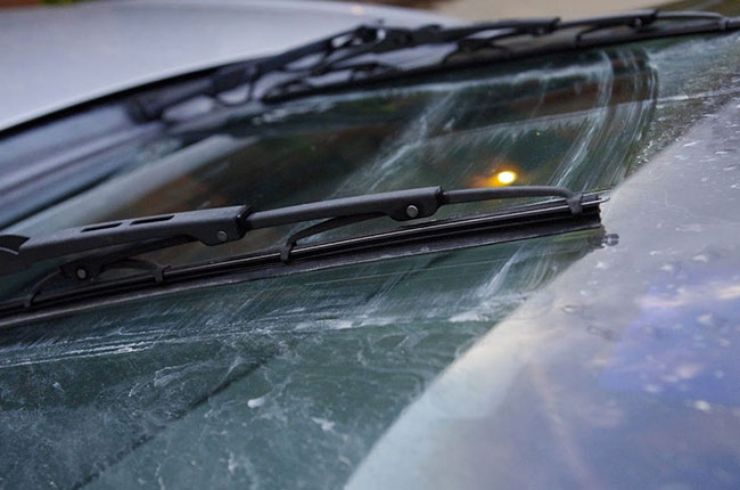Windshield wipers and, of course, their brushes appeared in the automotive world almost immediately after windshields. On November 10, 1903, the US Patent Office granted patent #743801 to inventor Mary Anderson. The lady, based on her observations of drivers, suggested a device for cleaning windows from ice, snow and water with mud. Initially, no one was interested in the patent: car companies considered this invention complicated and unnecessary. However, as the number of cars and speeds increased, windshield wipers proved to be a necessary part of any car.
After all, with the help of the eyes, a person receives up to 70% of information about the world around him. And it is clear that dirty glass made driving almost impossible. True, soon motorists drew attention to one strange thing. No matter how good the wipers are, they always leave dirty marks on the glass. And no matter how hard the developers try, these marks always remain at eye level, which impairs visibility and makes driving as difficult as possible. Why is that?
It is possible that the windshield is blown at eye level with the strongest stream of incoming air, but closer to the edges the intensity decreases. As a result, the middle part of the brush begins to bounce off the glass and tension is created. In addition, the newly purchased and installed brushes always behave in an exemplary manner and even remove traces of dirt from the glass. But as soon as you start moving and driving away from the parts store, everything changes dramatically. They derisively stop cleaning glass where it is most needed. But all other areas will be perfectly transparent.














